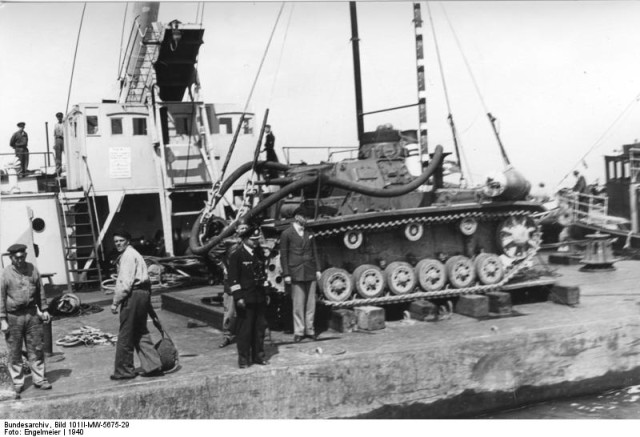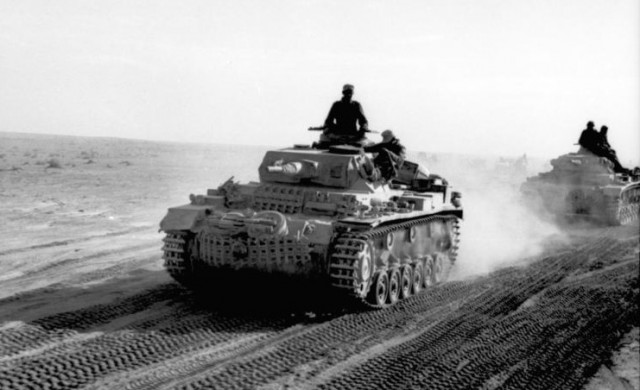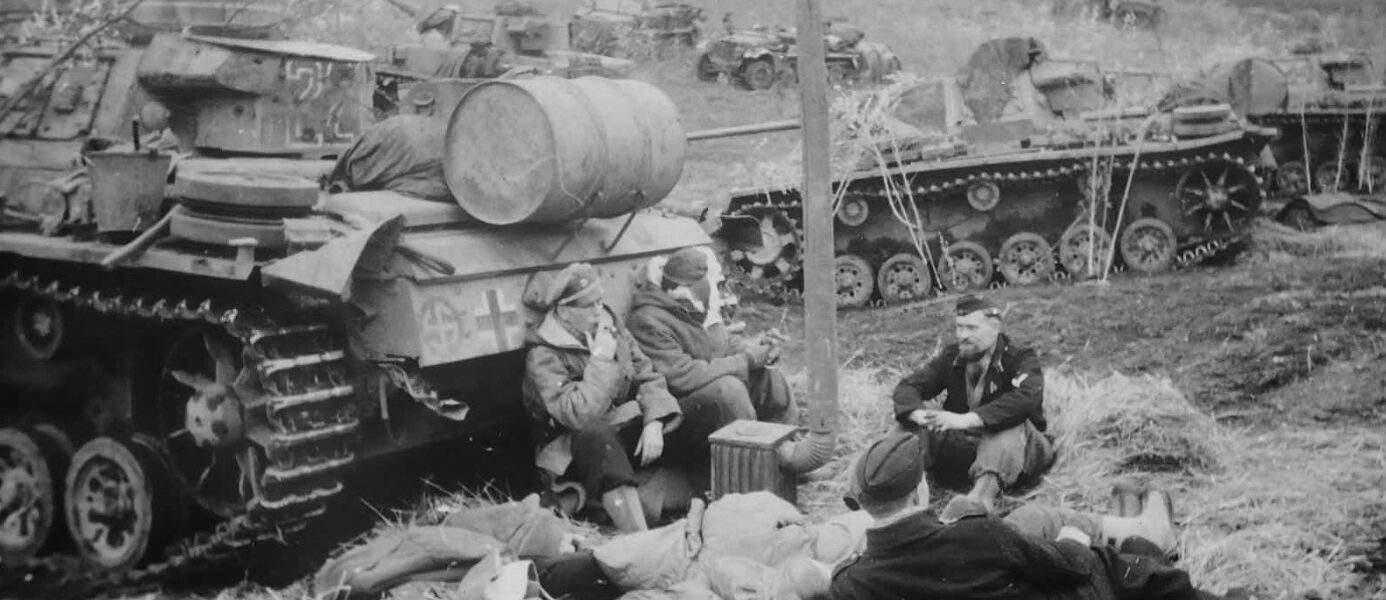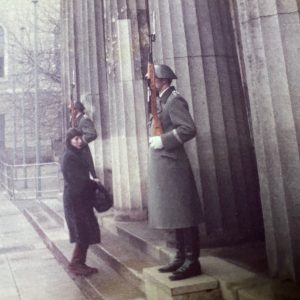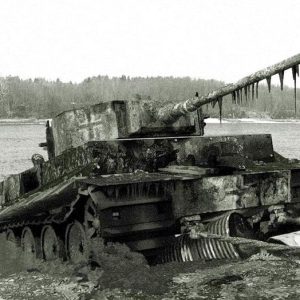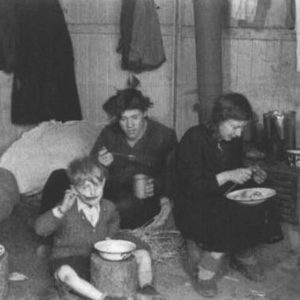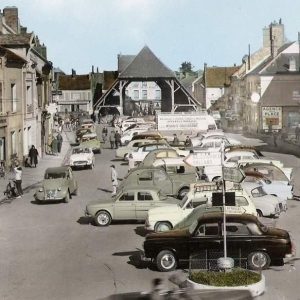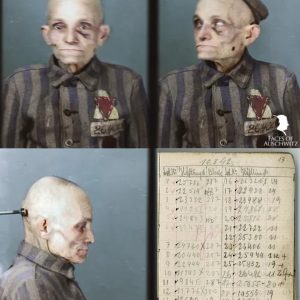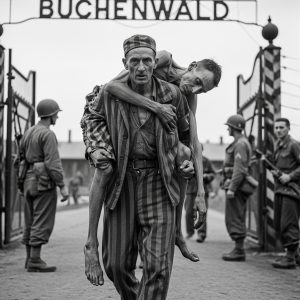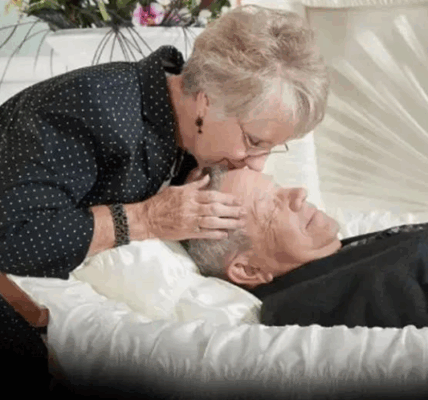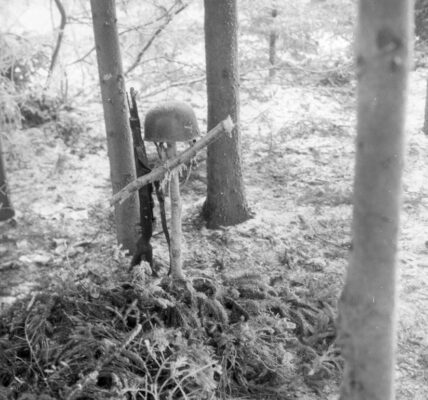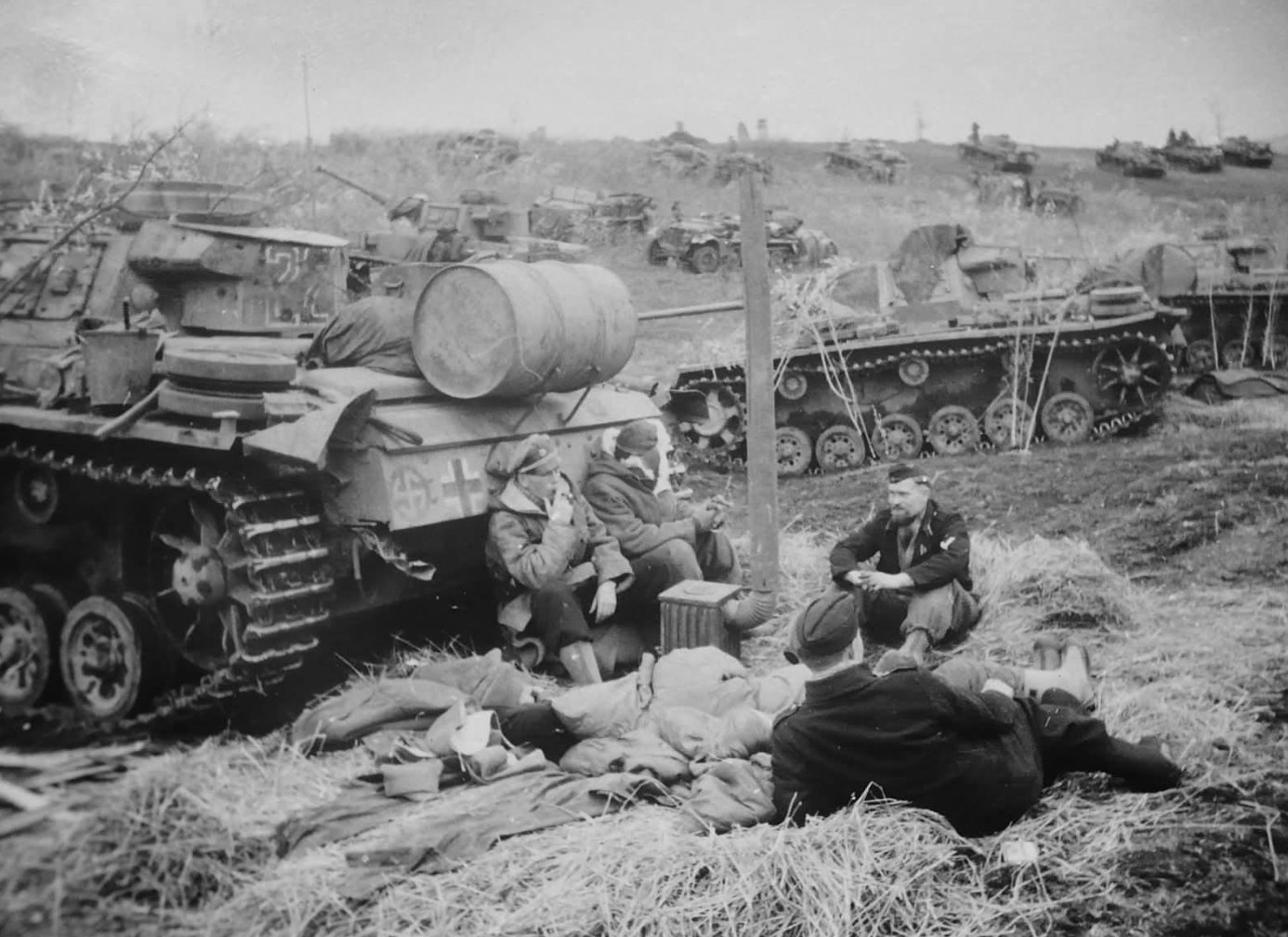
During the first two and a half years of World War II and before the introduction of the Panzer IV, the medium tank Panzer III, officially known as the Panzerkampfwagen III, served as the main battle tank of the German armed forces.
However, with the advent of the Soviet T-34 medium tank, which offered an exceptional combination of speed, firepower, armor, and robustness, the Panzer III had to be retired, paving the way for the improved Panzer IV.
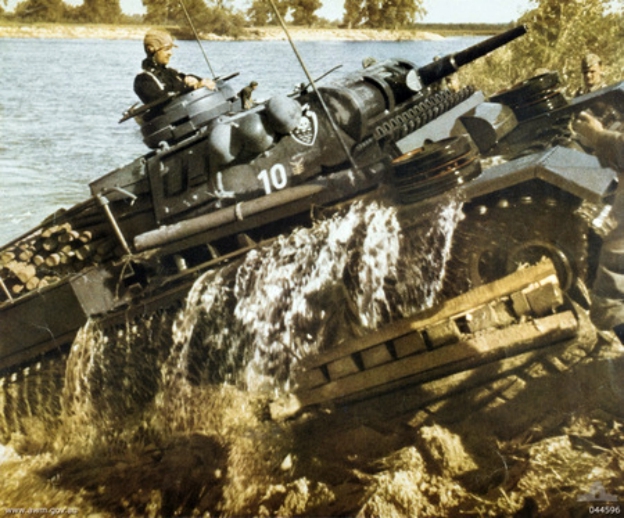
However, the robust, reliable and durable chassis of the Panzer III formed the basis for one of the most successful self-propelled guns of the Second World War, the Sturmgeschütz III tank destroyer.
The Panzer III was developed according to Heinz Guderian’s specifications. The Army Ordnance Office drew up plans for the medium tank based on Guderian’s specifications, and manufacturers such as Daimler-Benz, MAN SE, Krupp AG, and Rheinmetall AG began producing prototypes.
The first model of the Panzer III was presented in May 1937 as Ausführung A (Ausf. A) and mass production began two years later.
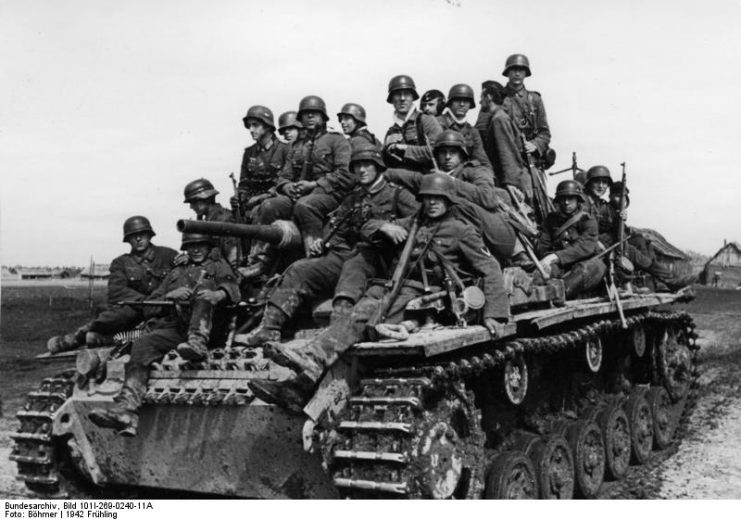
The Panzer IIIs were among the first tanks with torsion bar suspension. Like the British Vickers medium tanks, the Panzer III also featured a three-man turret. This feature allowed the commander to maintain full concentration when executing tactics in the field, giving the Panzer IIIs a combat advantage—few other tanks had three-man turrets.
From the first series production in 1939 to the last in 1943, approximately 5,775 Panzer III Ausf. A were produced in 14 variants, designated A to N. The Ausf. N, the last Panzer III, was designed for infantry defense and reinforcement. It was equipped with a 7.35 cm KwK 37 L/24 cannon, which the early Panzer IVs also used as their primary armament.
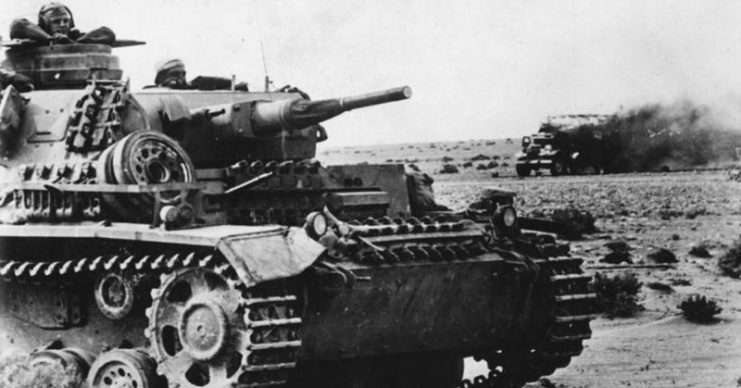
Panzer IIIs also carried a high-explosive anti-tank (HEAT) warhead capable of penetrating heavily armored tanks. However, this ammunition was used exclusively for defense.
The Panzer III weighed 23 tons and had a power-to-weight ratio of 12 hp/ton. Its 12-cylinder Maybach HL-120 TRM engine produced 296 hp and could reach a top speed of 25 mph.
The first Panzer IIIs had armor thickness of 1.18 inches or less, but on later models, starting with the Ausf. J, the armor thickness was improved to almost 2 inches all around.
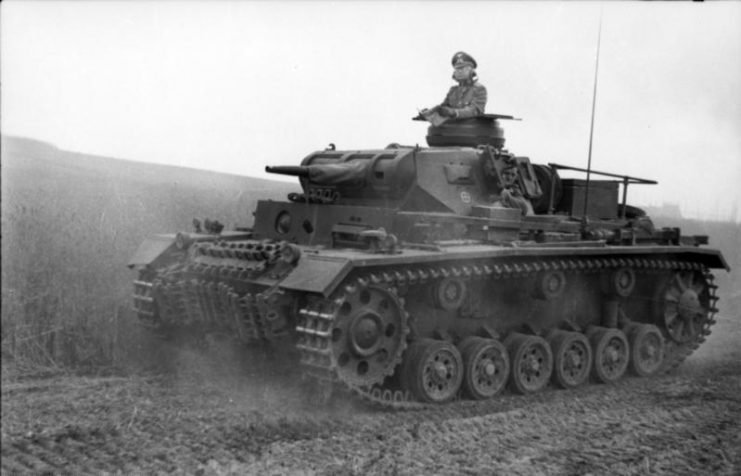
After their commissioning, Panzer IIIs were used extensively during World War II. They were used in the invasion of Poland, the fall of France, Operation Barbarossa and the Battle of Kursk in the Soviet Union, as well as in the North African campaigns. During the Polish and French campaigns, they were the best medium tanks in the German army.
During the North African campaign, they faced the Allied M3 Stuarts and Crusader cruisers. The Panzer III was able to adequately combat these tanks, but fell short of its potential when faced with Matilda tanks and M3 Lee tanks.
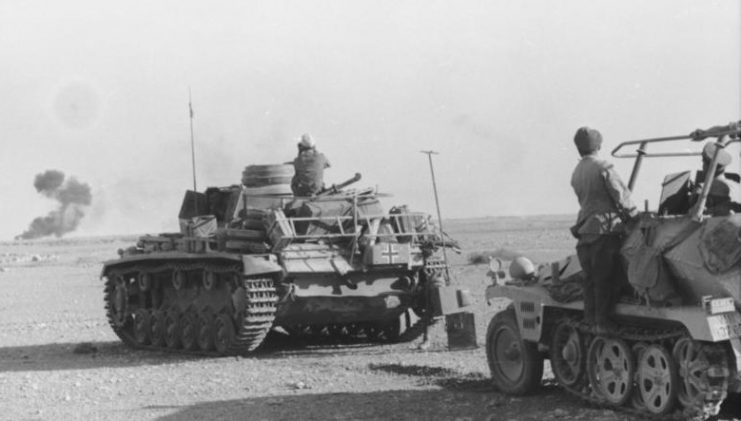
After the losses and subsequent defeat of the German armed forces in the Battle of Kursk, the Panzer IIIs were replaced by the more modern Panzer IVs and given smaller tasks.
They were gradually withdrawn from active service and by the time the war ended, the last of them had been sent to German tank factories, where their assault gun chassis were used to manufacture the most produced German tank destroyer and most successful self-propelled gun of World War II, the StuG III.
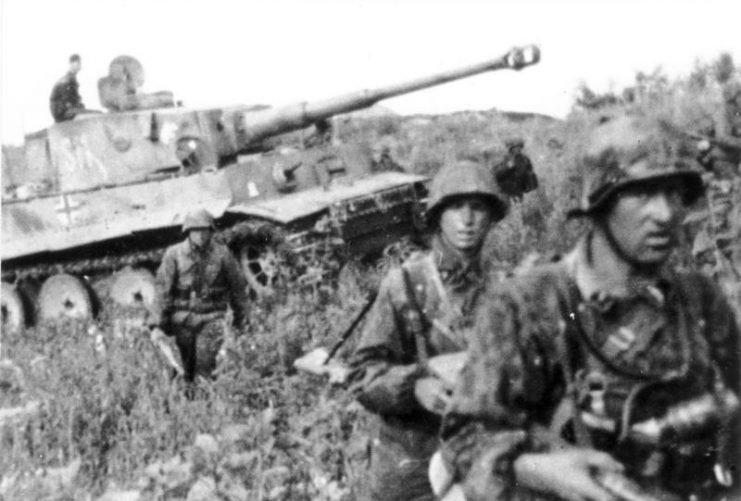
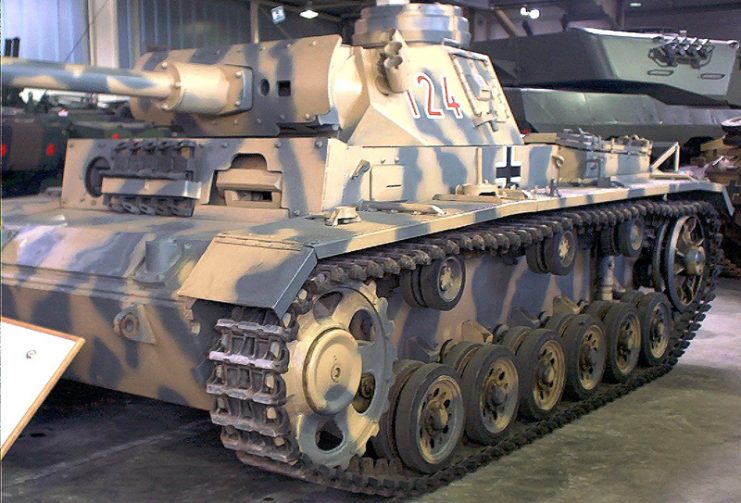
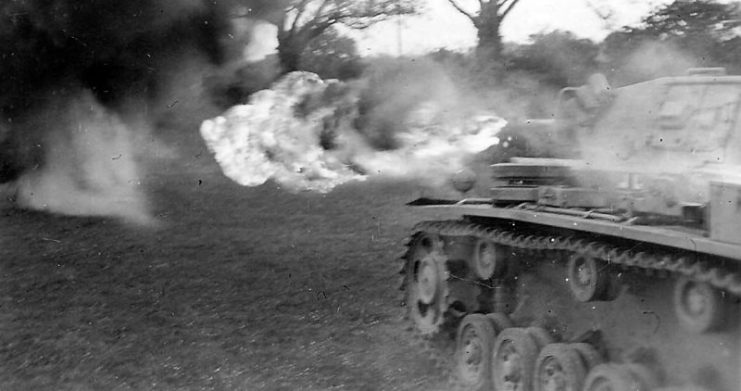
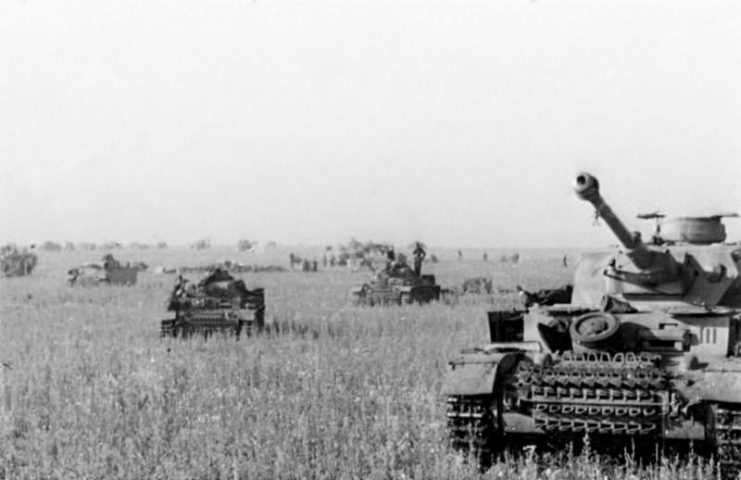
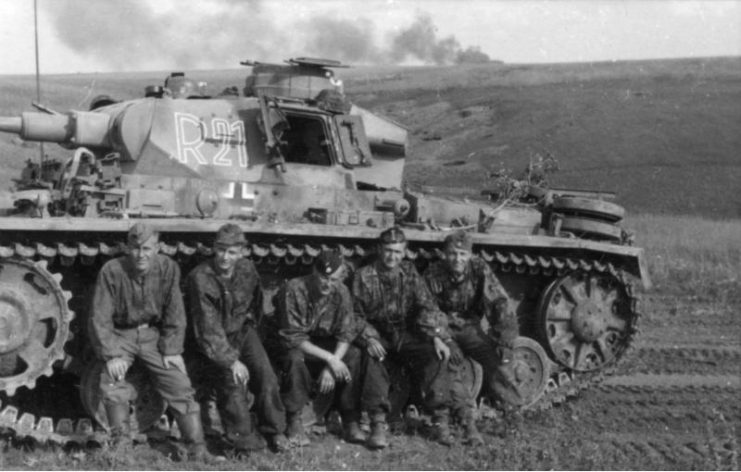
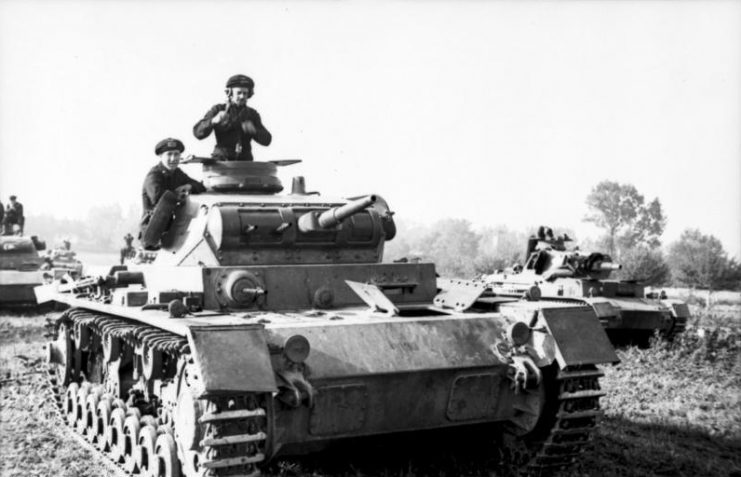
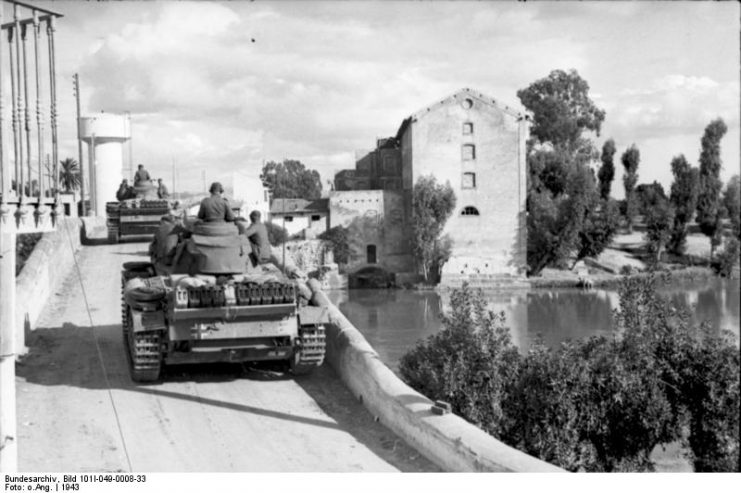
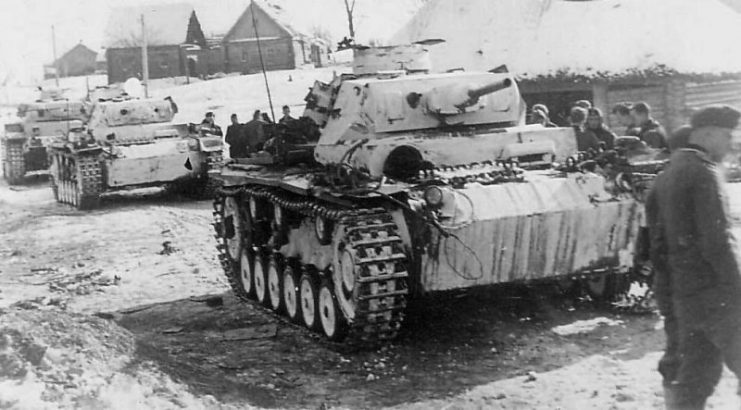
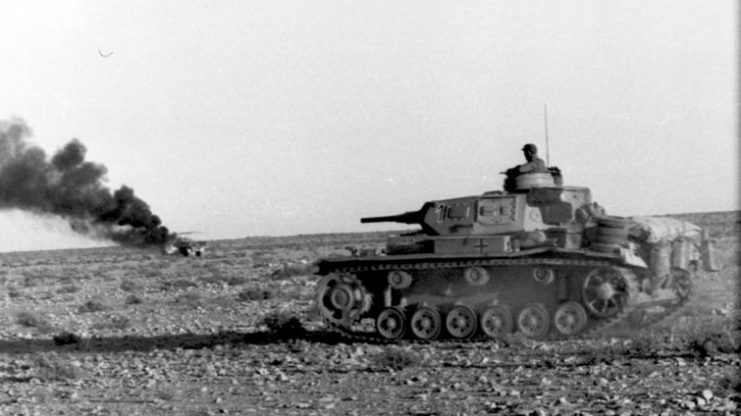
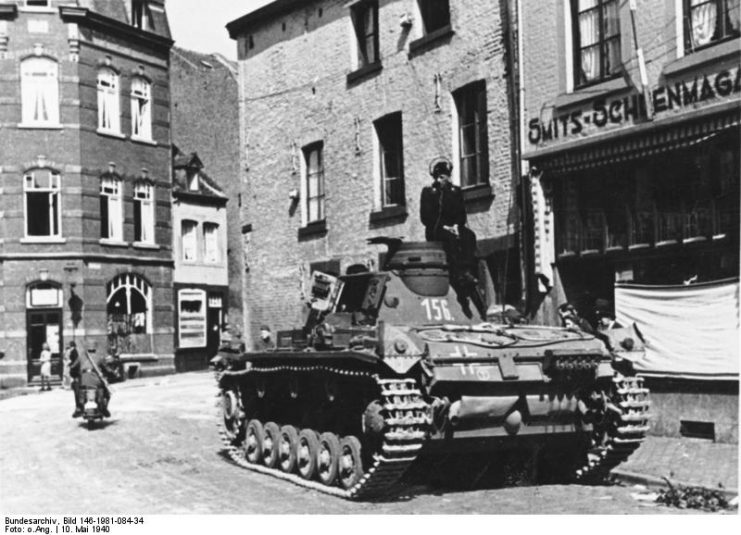
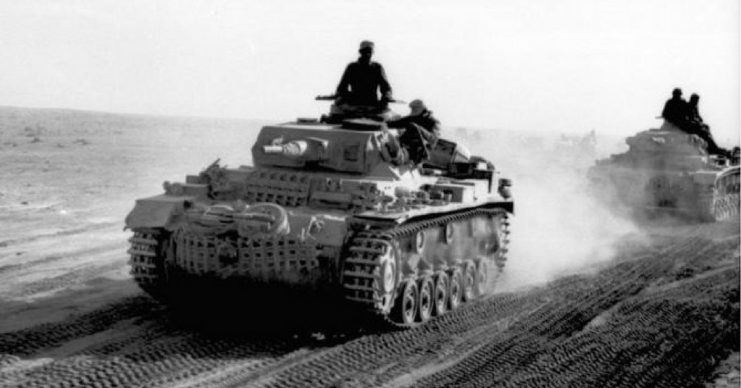

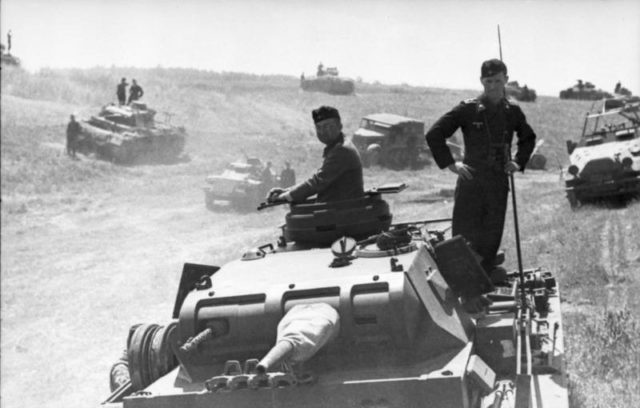
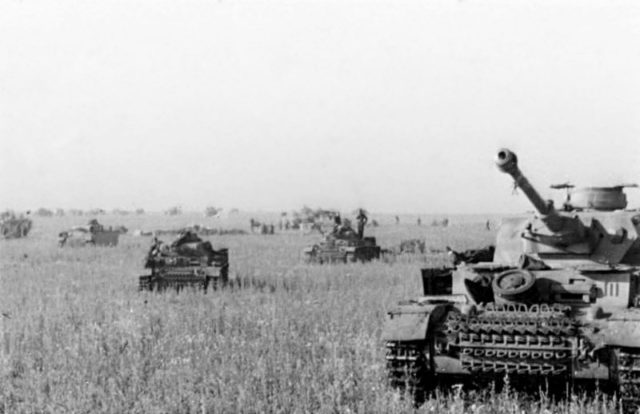
![Panzer III of the "Großdeutschland" Division fires its flamethrower. Soviet Union, 1943/44 [Federal Archives, Image 101I-732-0114-16 / CC-BY-SA 3.0].](https://www.warhistoryonline.com/wp-content/uploads/sites/64/2016/07/29.Bundesarchiv_Bild_101I-732-0114-16_Russland_-_Mitte_Flammenwerfer-Panzer-640x424.jpg)
![A column of Panzer III tanks on the Eastern Front, July 1943. [Federal Archives, Image 101I-219-0562A-06 / Scheffler / CC-BY-SA 3.0].](https://www.warhistoryonline.com/wp-content/uploads/sites/64/2016/07/24.Bundesarchiv_Bild_101I-219-0562A-06_Russland_Kolonne_mit_Panzer_III-640x415.jpg)
![A German Panzer III Ausf. M drives along a dusty road in Sicily in August 1943. [© IWM (MH 6341)]](https://www.warhistoryonline.com/wp-content/uploads/sites/64/2016/07/48.-640x463.jpg)
